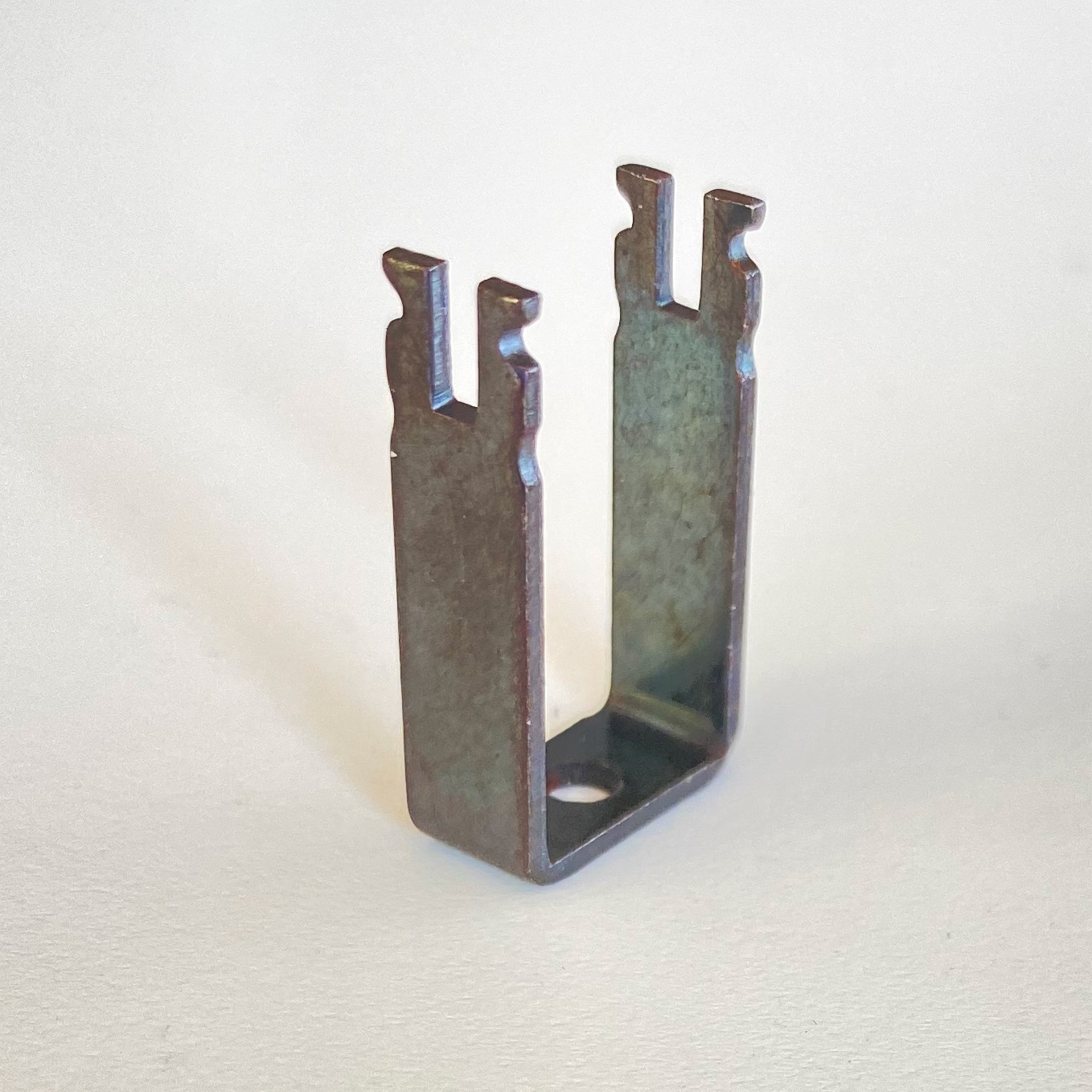Evans’ deep drawn and progressive die CRS stampings
Cold rolled steel is strong and cost-efficient. Properties depend on which CRS is selected.
When ingots and bars are rolled to rod or sheet, the process can be done hot or cold. Cold rolled steel, or CRS, is often specified for deep drawn and stamped parts.
Cold rolled steels with high carbon content, over 0.55%, are strong but not very ductile. They are best used for springs and strong wire.
Used in Deep Draw
The most common steel sheet products for deep drawing are the cold rolled mild steels, which have better surface quality, mechanical properties and formability.
Cold Rolled (CRS) Carbon Steels such as AISI / SAE 1008 and 1010 are the steels most commonly used. (Experience shows that these two are interchangeable and the 1008 may be used if the 1010 alloy is unavailable). Many of these parts are relatively low cost to begin, but need to be plated afterwards to protect against corrosion during storage or use.
Heat-treating
Heat-treating carbon steel changes its ductility, hardness, yield strength and impact resistance. It also changes its electrical and thermal conductivity. Depending on the part and its future use, we may stamp easily formable low alloy carbon steel, which is later heat-treated to change its mechanical properties. In other cases we would not stamp low-carbon steel unless it is already heat-treated, or we might recommend using high carbon steel, depending on a number of electrical and chemical considerations
Steel Numbering
There are 14 basic types of carbon and alloy steels specified by a numbering system that is shared by AISI and SAE. These types run from Carbon steel, such as 1010, to the higher alloy Nickel-Chrome-Moly series steels, like 4310, and Chromium steels, like 5130. The second two digits in this system, 10XX, represent the decimal percent of carbon in these alloys: 1010 has 0.10 % carbon. The stainless steels are in another steel series.
Working on a project using core iron, carbon steel? If we can help, please click here.

